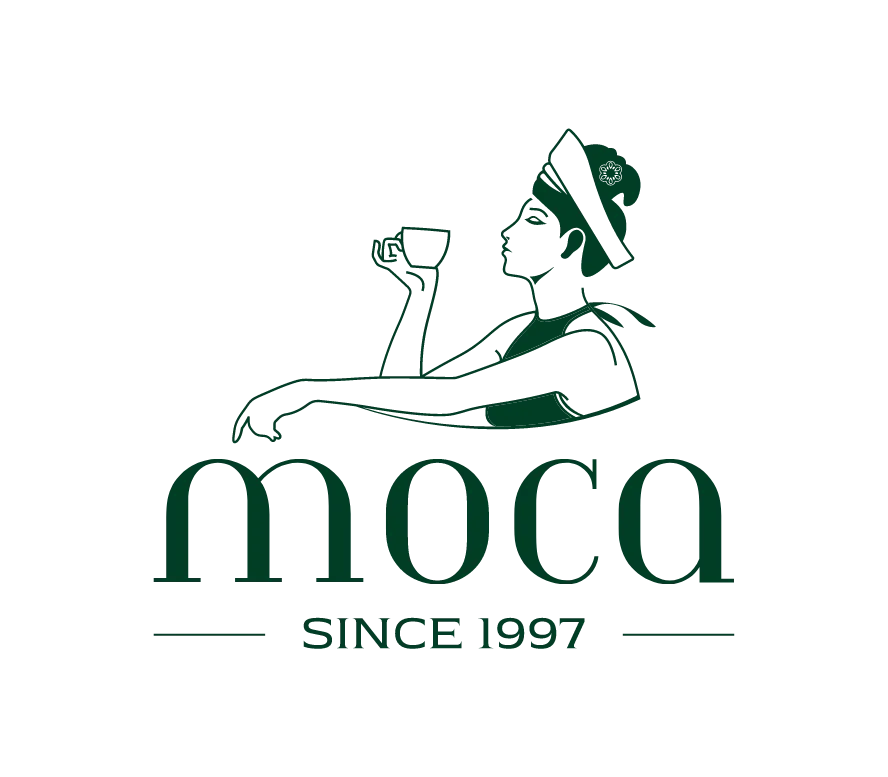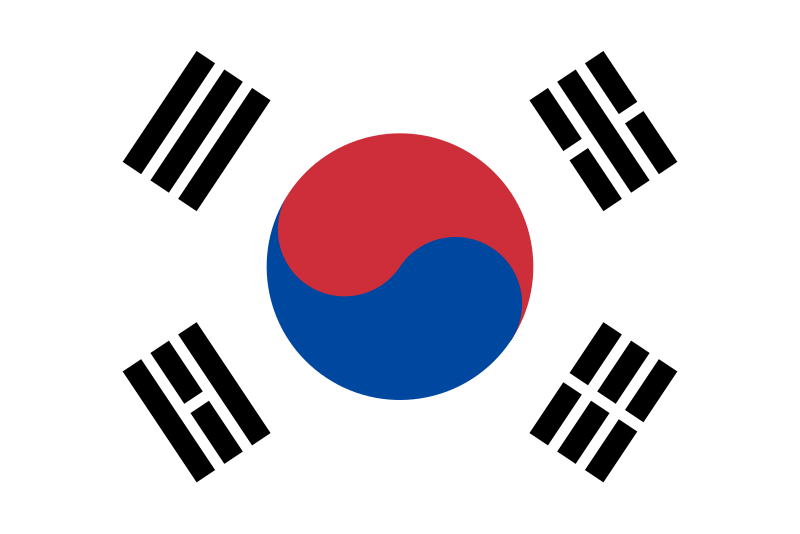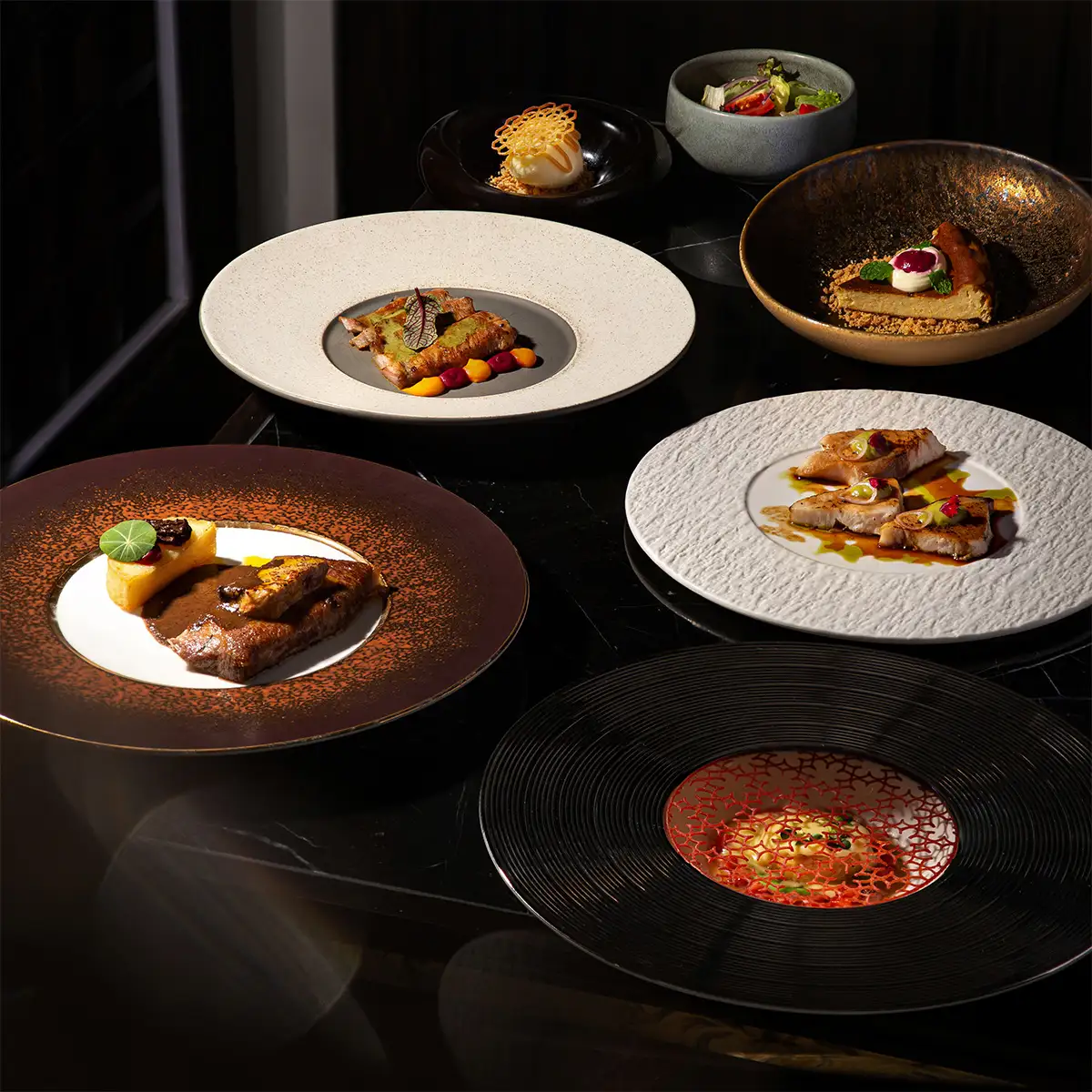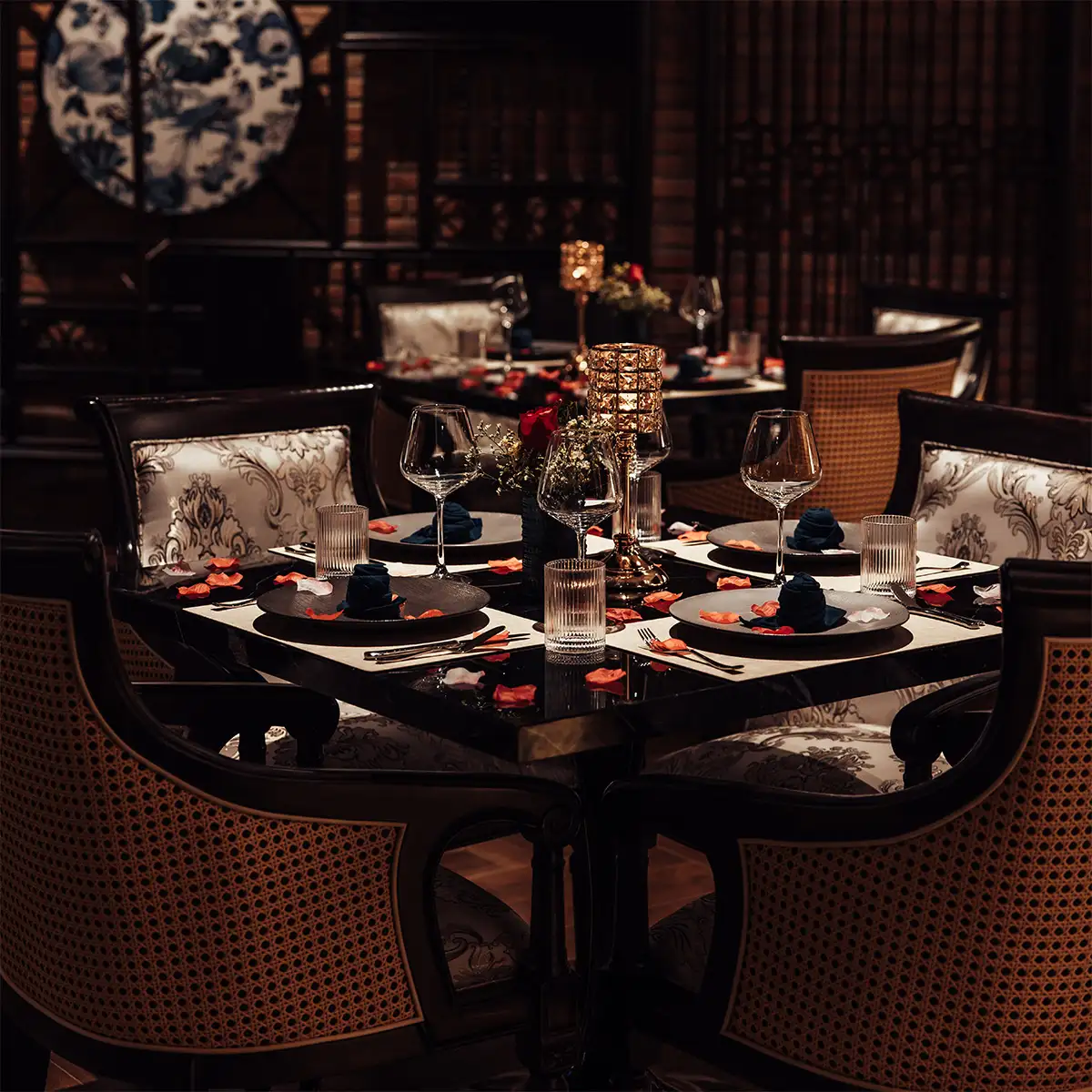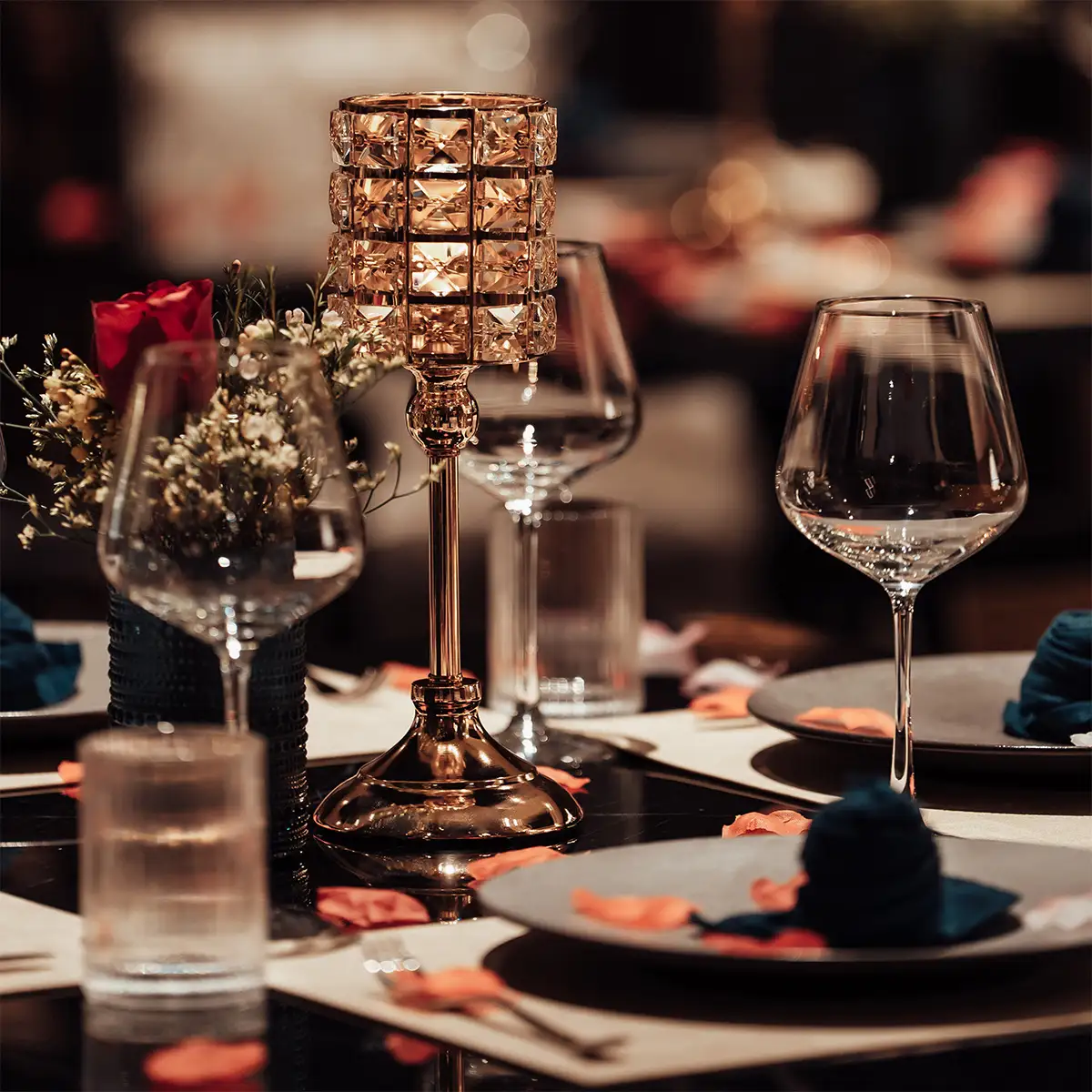A menu Michelin restaurant is far more than just a list of dishes—it's a masterfully composed symphony of flavors, textures, and aromas that showcases the chef's vision, creativity, and dedication to perfection. For over a century, the Michelin Guide has been the gold standard in fine dining, celebrating restaurants that deliver not only exceptional cuisine but also outstanding service and unforgettable experiences. So, what truly sets a Michelin restaurant menu apart? In this article, we explore the defining elements that elevate these menus to a form of culinary art—from the innovative use of premium ingredients to the meticulous attention to detail that makes every dish a memorable journey.
1. The essence of a michelin restaurant menu
At the core of every exceptional Michelin restaurant menu is an unwavering commitment to quality. This begins with the ingredients themselves. Michelin star restaurant menus prioritize high-quality, seasonal ingredients, sourced at their peak to ensure optimal flavor and freshness. Chefs often develop strong relationships with local farmers, fishermen, and producers, ensuring direct access to the finest ingredients available. Sourcing local ingredients not only guarantees superior quality but also supports sustainable practices and highlights the unique terroir of the region.
Another defining feature of a menu Michelin restaurant is the chef's innovative and creative approach to cooking. Michelin star restaurant menu chefs are more than just cooks; they are culinary artists who push the boundaries of gastronomy with inventive techniques and imaginative flavor combinations. While they have a deep understanding of classic culinary methods, they are also unafraid to experiment with modern culinary trends. The best Michelin restaurant menus strike a delicate balance between honoring tradition and embracing innovation. This may involve reinterpreting classic dishes with a contemporary twist or incorporating cutting-edge techniques, like molecular gastronomy, to elevate the dining experience.
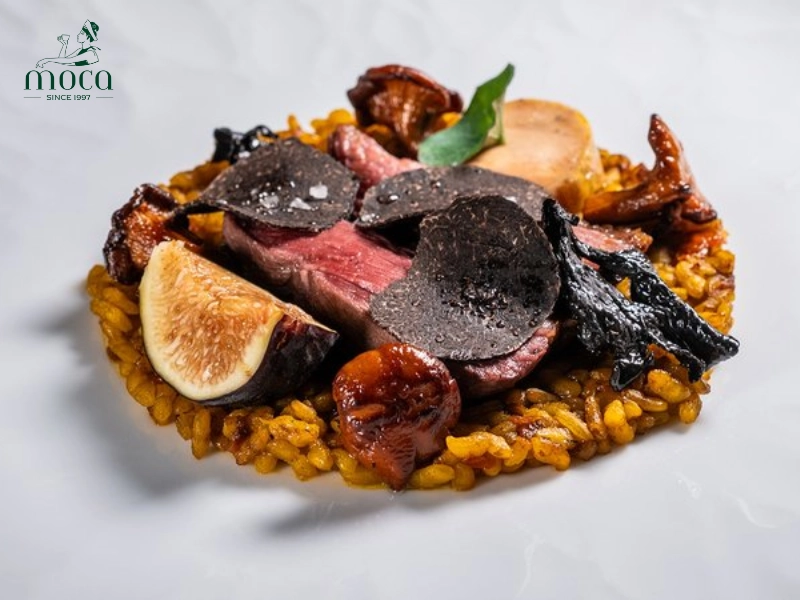
The essence of a Michelin restaurant menu lies in the perfect balance of premium ingredients, creativity, and innovation.
Learn more: Michelin Cuisine: Exploring the Art and Innovation of Starred Restaurants
2. Key components of a Michelin menu
A Michelin restaurant menu is a carefully orchestrated culinary journey, designed to tantalize the senses and leave a lasting impression. Each component plays a vital role in the overall experience:
- Appetizers: These are not mere starters; they are small, intricate dishes meticulously crafted to stimulate the palate and set the stage for the meal to come. Michelin star restaurants often showcase their creativity with appetizers, using unique and luxurious ingredients like foie gras, caviar, or truffles in unexpected ways. The focus is on creating a burst of flavor and visual appeal in just a few bites.
- Main courses: The heart of the Michelin restaurant menu lies in its main courses. These are often the chef's signature dishes, showcasing their culinary expertise and artistic vision. The preparation is meticulous, with each ingredient carefully selected and cooked to perfection. Beyond the taste, the presentation and artistry of the dishes are paramount. Chefs use plating techniques to create visually stunning masterpieces that are as pleasing to the eye as they are to the palate.
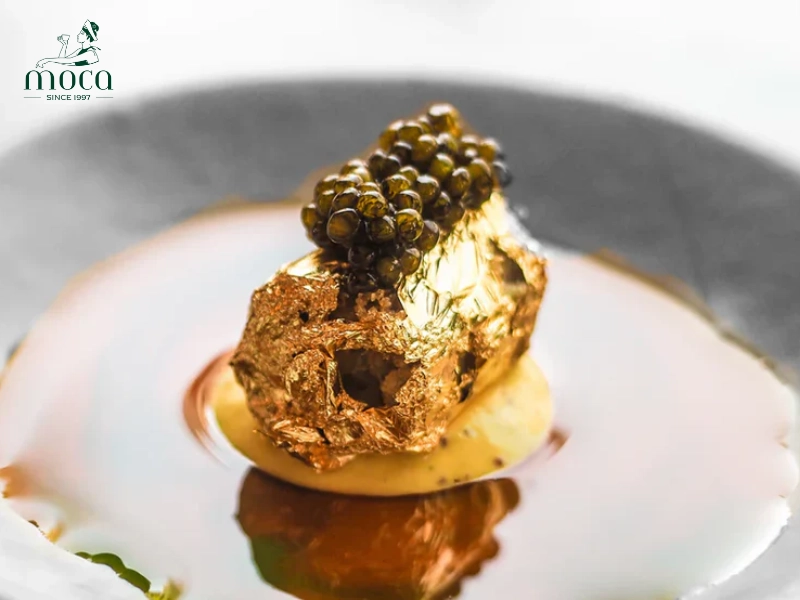
A Michelin restaurant menu offers a sensory journey, showcasing the chef's creativity and expertise in every dish.
- Desserts: In a Michelin-starred establishment, desserts are far more than just a sweet ending. They are a testament to the chef's creativity and complexity, often incorporating multiple components and techniques. The goal is to achieve a perfect balance of flavors and textures, from creamy mousses to crunchy tuiles to tangy fruit purees.
- Wine and beverage pairings: A truly exceptional Michelin restaurant menu extends beyond the food itself. Expert sommelier recommendations are crucial for enhancing the dining experience through pairings. Sommeliers carefully select wines and other beverages that complement the flavors of each dish, creating a harmonious and unforgettable culinary journey. They consider factors like acidity, tannins, and sweetness to ensure the perfect match.
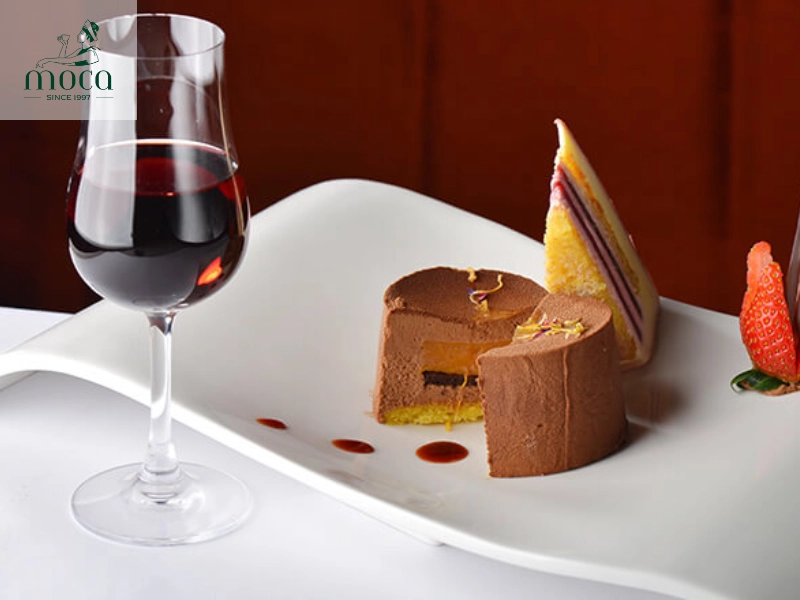
In a Michelin restaurant, desserts go beyond a sweet finish, reflecting the chef's creativity, while wine pairings elevate the entire experience.
3. The dining experience
The Michelin restaurant menu is just one component of the overall dining experience. The ambiance and service of a Michelin restaurant are equally crucial in crafting a memorable occasion. From the elegant décor to the attentive and knowledgeable staff, every detail is meticulously designed to enhance the guest's enjoyment.
The menu’s role in creating a sensory experience is undeniable. It’s not just about the taste of the food; it’s about how the dishes look, smell, and feel. The textures, colors, and aromas all work together to create a multi-sensory delight. Michelin star restaurants understand the importance of engaging all the senses to elevate the dining experience to new heights, making the menu Michelin restaurant a truly immersive journey.
Many Michelin-starred establishments offer a tasting menu, which is a curated selection of dishes designed to showcase the chef's skills and the restaurant’s culinary philosophy. The concept of a tasting menu allows diners to experience a variety of flavors and textures, offering a comprehensive overview of the Michelin restaurant menu. It’s an opportunity to explore new culinary horizons and discover unexpected delights.
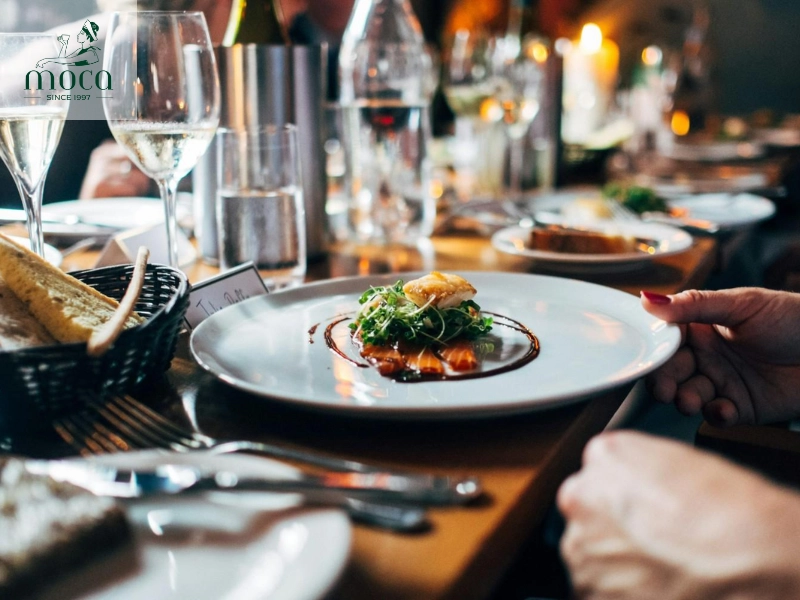
The Michelin restaurant experience goes beyond the menu, with ambiance, service, and tasting menus combining to create a memorable, multi-sensory journey.
Learn more: Michelin Cooking Techniques: Secrets to Culinary Excellence
4. Examples of Michelin restaurant menus
To truly appreciate the artistry of a Michelin restaurant menu, it's helpful to consider some concrete examples. While specific dishes change frequently based on seasonality and chef's inspiration, we can explore some common themes and illustrative descriptions.
Imagine a Michelin-starred French restaurant offering a dish like "Seared Foie Gras with Fig Jam and Brioche." The description might highlight the richness of the foie gras, the sweetness of the fig jam, and the buttery texture of the brioche, emphasizing the harmonious balance of flavors.
Or consider an Italian establishment featuring "Handmade Tagliatelle with White Truffle and Parmesan Cream." The menu might emphasize the freshness of the pasta, the earthy aroma of the truffles, and the creamy decadence of the sauce.
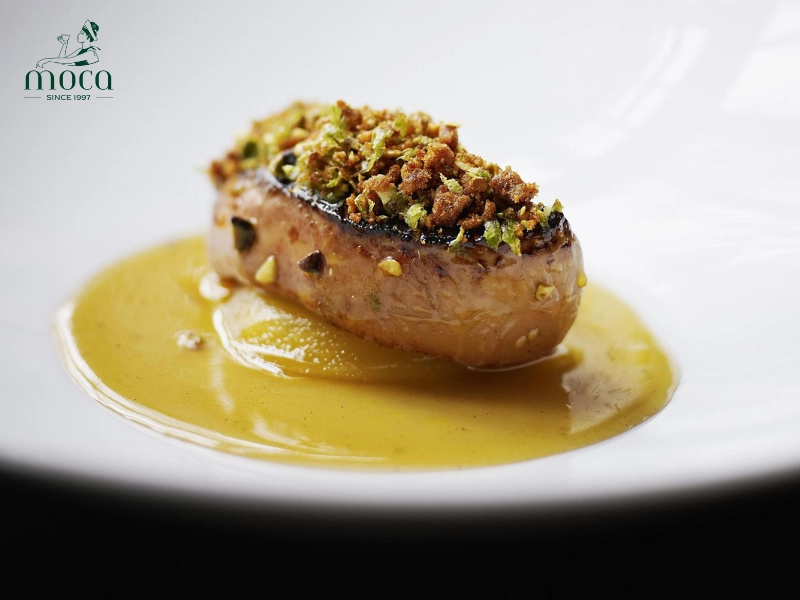
A Michelin menu blends artistry, like seared foie gras with fig jam or tagliatelle with white truffle, balancing flavors perfectly.
The diversity of cuisines in Michelin-starred restaurants is truly remarkable. From traditional French and Italian fare to innovative Japanese and Peruvian creations, the Michelin Guide recognizes culinary excellence in all its forms. This reflects the global nature of the culinary world and the diverse range of influences that shape modern gastronomy.
Price range considerations are also an important factor when exploring Michelin restaurant menus. While these establishments are generally considered to be high-end, the price range can vary significantly depending on the location, cuisine, and level of formality. Tasting menus tend to be more expensive than à la carte options, but they offer a more comprehensive and immersive dining experience. It's always a good idea to check the menu and prices online before making a reservation to ensure that it aligns with your budget and expectations.
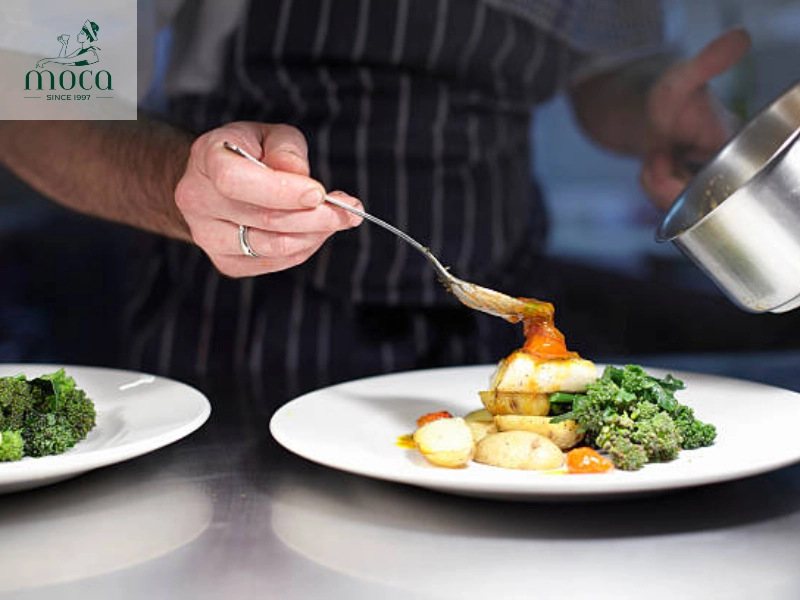
The Michelin menu features diverse cuisines, from French and Italian to Japanese and Peruvian, with prices varying by location and formality.
An exceptional menu Michelin restaurant is more than just a list of dishes; it's a testament to culinary artistry, unwavering dedication, and a commitment to creating an unforgettable dining experience. The key elements include the use of high-quality, seasonal ingredients, the chef's innovative approach to cooking, meticulous attention to detail in presentation, and harmonious wine pairings. The Michelin Guide has had a profound impact on the culinary world, setting the standard for excellence and inspiring chefs to push the boundaries of gastronomy. Ultimately, Michelin cuisine represents the pinnacle of culinary achievement, a celebration of flavor, texture, and artistry that elevates dining to an art form.
If you're looking for more reviews on Michelin stars restaurants, don't hesitate to check out Moca Dining for more insights!
For reservations and more information, simply visit Moca Dining’s official website or contact us directly. We're here to make your dining experience truly memorable.
Contact details
Moca Dining
16 Nha Tho, Hang Trong Ward, Hoan Kiem District, Hanoi
Tel: 0819961997 | 08.1997.202
